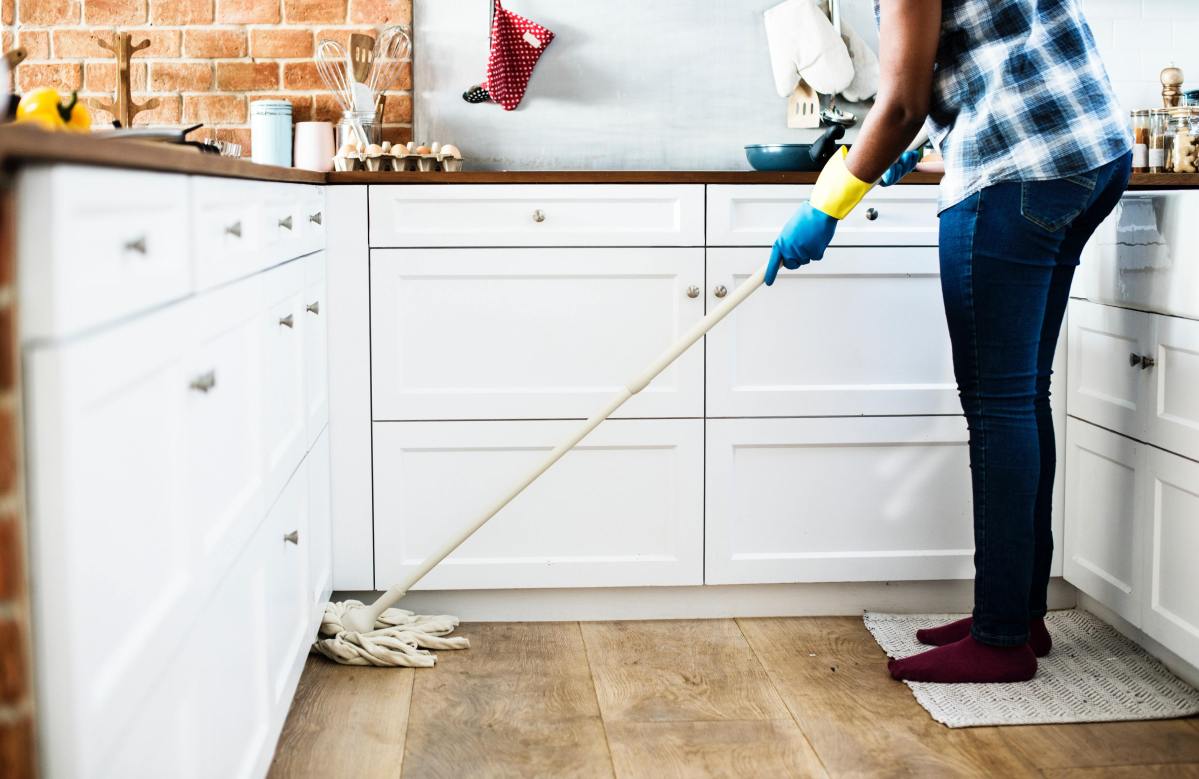Spring cleaning is a time of year when people clean out their belongings to start fresh. Scientists can benefit from a bit of spring cleaning as well – a messy lab can lead to plenty of mistakes in research. However, cleaning the lab can be a strenuous and sometimes risky process, with the high amount of sensitive information and materials lying around. Here are a few tips that you can use to clean your lab.
#1: Create a Schedule and Divide the Tasks
Instead of one person being in charge of the cleaning, divide up the tasks evenly among your labmates. That way, you will finish your spring cleaning at a much faster rate than you could if you did it alone. In addition, giving everyone something to do will increase the efficiency of the clean-up time. If you want to keep your lab clean consistently, not just in the spring, consider establishing a chore chart for your lab where everyone receives a weekly task: cleaning out lab materials, defrosting freezers, clearing out samples, and so on.
#2: Clean Out Your Samples
Do you have a sample fridge or container in your lab? You understand how often this space can become cluttered with outdated samples that no one is using anymore. When you’re ready to spring clean your lab, take a good look at each sample in your fridge. Get your labmates together and discard any outdated samples or anything that no one needs anymore.
After you finish this process, set up a policy where everyone disposes of their samples on a regular basis. Some labs clean out their cabinets or fridges once a month or once every two weeks. By cleaning out your samples regularly, you can cut down on mistakes during experiments, such as the isolation and purification of proteins.
#3: Defrost Your Freezers
Over time, the freezers in your lab will build up a layer of ice that could compromise your materials. During your spring clean, make sure to search your freezers for any of this buildup and get rid of it immediately. Use a scraper to remove the ice and check the freezer for expired materials you can also discard.
#4: Clean Pipettes and Other Materials
Your lab materials can collect dust and debris over time. While regular cleaning is ideal for these materials, you can assign one or two people during your spring cleaning to take care of certain lab items. Make sure you clean out your tissue culture hoods, incubators, pipettes, and water baths.
#5: Double Check Your Safety Equipment
Safety equipment in the lab is incredibly important for the function of your stations. You want to make sure that all of your equipment is working properly and does not need replacement, and that you have enough equipment to service everyone in your lab. Test your eyewash stations and safety showers for effectiveness. In addition, make sure that you have enough masks, goggles, bodysuits, rubber gloves, and boots for everyone in the lab – if you need this equipment in the first place.
#6: Organize Your Workstations
If your coworkers have messy workstations, many mistakes and issues can occur. Have everyone organize their workstation during your spring clean. Discard any trash, reorganize the workspace to keep frequently used materials within reach, and store less used materials elsewhere.
With these tips and regular cleaning, you can keep your lab safe and healthy. Make sure to establish regular cleaning habits to help your lab cut down on mistakes and safety hazards. Rotating chore charts and monthly tidy-ups are crucial to a smooth running lab.




